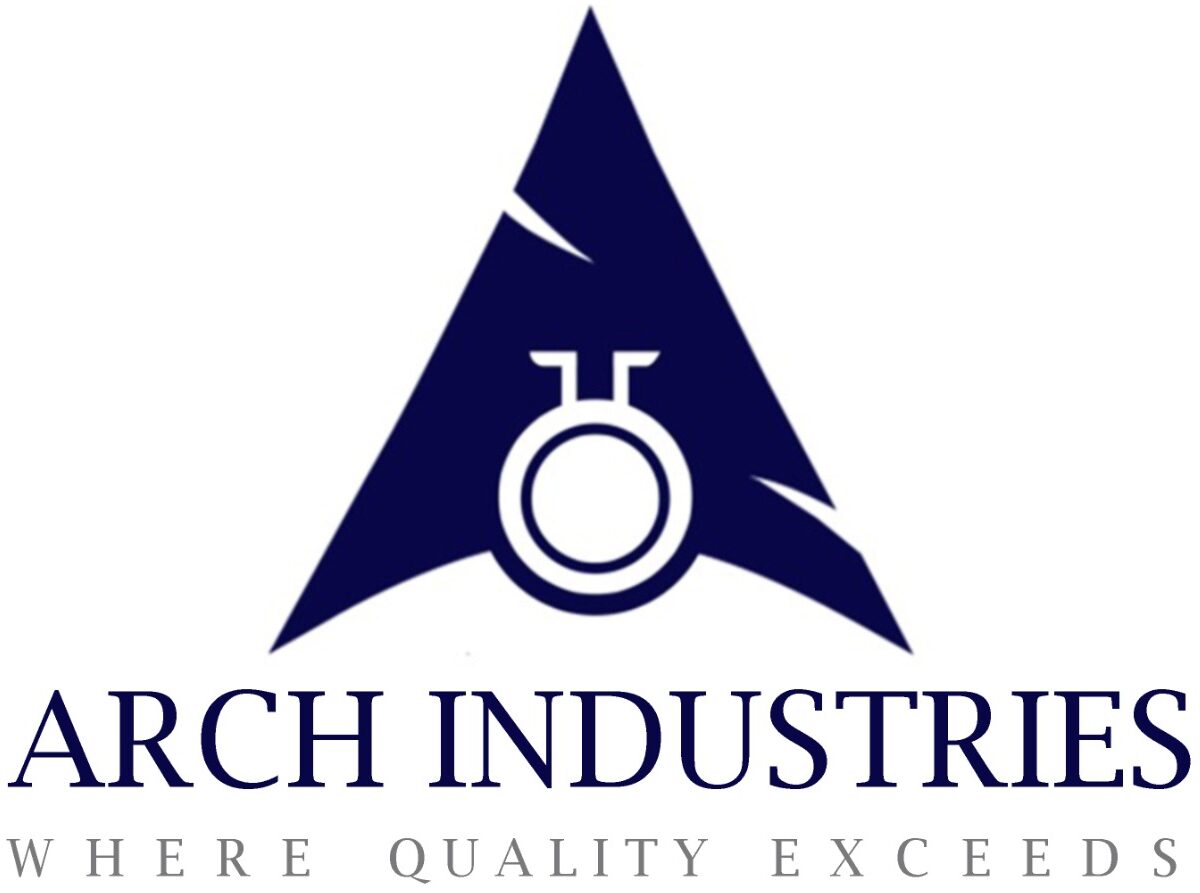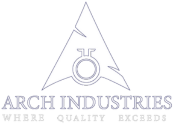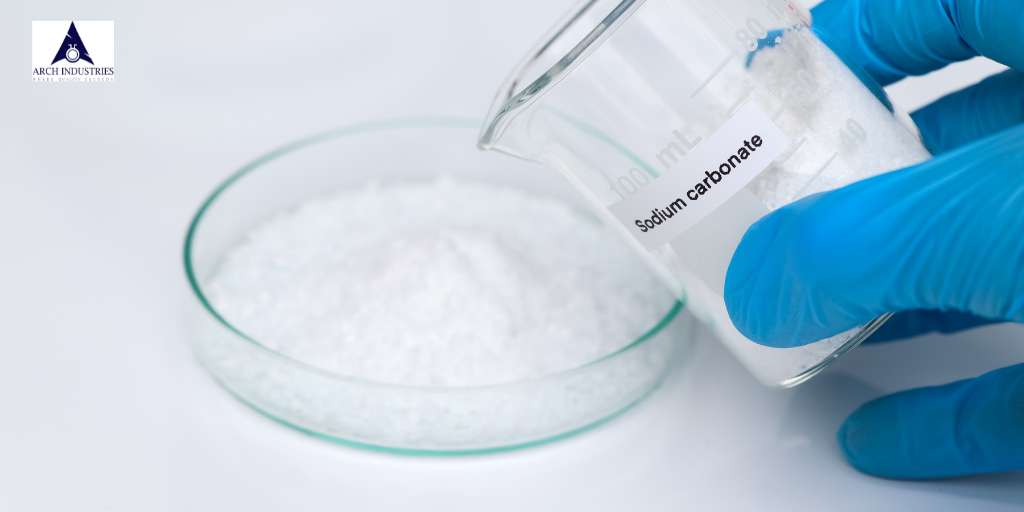Sodium Carbonate in India Price Trends and Market Analysis
Are you feeling overwhelmed by the fluctuating prices of sodium carbonate in India? Do you find yourself constantly struggling to make informed purchasing decisions for your business? If so, you’re not alone. Many industries in India, from glass manufacturing to detergent production, grapple with the challenges posed by the volatile sodium carbonate market.
The Sodium Carbonate Conundrum
Sodium carbonate, also known as soda ash, is a crucial raw material for numerous industries. Its widespread use makes it a cornerstone of industrial production in India. However, the pricing of this essential compound can be a source of significant stress for businesses. Here’s why:
– Price volatility can wreak havoc on budget planning
– Fluctuations in supply can lead to production delays
– International market trends can have unpredictable effects on domestic prices
– Quality variations among suppliers can impact production efficiency
These challenges can lead to sleepless nights for procurement managers and business owners alike, potentially impacting your bottom line and competitive edge.
The Impact of Sodium Carbonate Prices on Indian Industries
- The ripple effects of sodium carbonate price fluctuations touch various sectors of the Indian economy:
- Glass Manufacturing: As a key component in glass production, sodium carbonate price changes directly affect the cost of everything from windows to smartphone screens.
- Detergent Industry: Laundry detergents rely heavily on sodium carbonate. Price increases can squeeze profit margins for detergent manufacturers.
- Chemical Processing: Many chemical reactions use sodium carbonate as a reagent. Price instability can disrupt the entire chemical industry supply chain.
- Textile Sector: Sodium carbonate is used in dyeing and printing processes. Price hikes can increase production costs for textile manufacturers.
- Water Treatment: Municipal water treatment facilities use sodium carbonate to adjust pH levels. Price fluctuations can impact public utility budgets.
Navigating the Sodium Carbonate Market in India
Understanding the factors that influence sodium carbonate prices in India is crucial for making informed decisions. Let’s delve into the key aspects that shape the market:
Domestic Production vs. Imports
- India is both a producer and importer of sodium carbonate. The interplay between domestic production and imports significantly influences prices:
- Domestic Production: India has several soda ash plants, primarily located in Gujarat. The production capacity of these plants affects local supply and prices.
- Imports: India also imports sodium carbonate, mainly from China and the United States. Import volumes and international prices can sway the domestic market.
Key Players in the Indian Sodium Carbonate Market
Several major companies dominate the sodium carbonate industry in India:
1. Tata Chemicals Limited
2. GHCL Limited
3. DCW Limited
4. Nirma Limited
These companies’ production levels, pricing strategies, and market share all contribute to the overall price trends in the country.
Factors Influencing Sodium Carbonate Prices in India
Multiple elements come into play when determining sodium carbonate prices:
- Raw Material Costs: The price of raw materials like limestone and salt can affect production costs.
- Energy Prices: Sodium carbonate production is energy-intensive. Fluctuations in energy costs can impact the final product price.
- Transportation Costs: As production is concentrated in specific regions, transportation expenses to other parts of India influence local prices.
- International Market Trends: Global supply and demand dynamics can affect both import prices and domestic production decisions.
- Government Policies: Tariffs, environmental regulations, and industrial policies can all impact the sodium carbonate market.
- Currency Exchange Rates: For imported sodium carbonate, fluctuations in the Indian Rupee’s value against other currencies can affect prices.
Recent Price Trends in the Indian Sodium Carbonate Market
Let’s look at how sodium carbonate prices have behaved in recent years:
- 2018-2019: Prices remained relatively stable, with minor fluctuations due to balanced supply and demand.
- 2020: The COVID-19 pandemic caused significant disruptions. Initial price drops due to reduced demand were followed by spikes as supply chains were disrupted.
- 2021: Prices began to stabilize as industrial activity resumed, but remained higher than pre-pandemic levels due to increased production costs.
- 2022-2023: Gradual price increases have been observed, driven by rising energy costs and growing demand from recovering industries.
Quality Considerations in Sodium Carbonate Pricing
Not all sodium carbonate is created equal. Different grades command different prices:
- Light Soda Ash: Generally less expensive, used in detergents and water treatment.
- Dense Soda Ash: Typically pricier, preferred in glass manufacturing for its higher purity.
- Refined Grades: Command premium prices, used in food and pharmaceutical applications.
- Understanding these distinctions can help you make more informed purchasing decisions based on your specific needs.
Strategies for Managing Sodium Carbonate Costs in India
Given the complexities of the sodium carbonate market, how can businesses in India effectively manage their costs? Here are some strategies to consider:
- Long-term Contracts: Negotiate long-term supply agreements with producers to stabilize prices and ensure consistent supply.
- Diversify Suppliers: Don’t rely on a single source. Having multiple suppliers can provide a buffer against individual price hikes or supply disruptions.
- Monitor Global Trends: Keep an eye on international sodium carbonate markets. Global events can provide early warnings of potential price changes in India.
- Optimize Inventory Management: Balance the need for buffer stock against the risks of overstock in a fluctuating market.
- Explore Alternative Materials: In some applications, alternatives to sodium carbonate might be viable. Research and test these options to reduce dependence on a single material.
- Invest in Efficient Technologies: More efficient use of sodium carbonate in your processes can offset the impact of price increases.
- Hedging: For large-volume users, financial hedging instruments might be worth exploring to manage price risks.
The Future of Sodium Carbonate Prices in India
What does the future hold for sodium carbonate prices in India? While precise predictions are challenging, several trends are likely to shape the market:
- Increased Domestic Production: Efforts to boost local production capacity may help stabilize prices in the long term.
- Environmental Regulations: Stricter environmental norms may increase production costs, potentially leading to higher prices.
- Technological Advancements: New production technologies could potentially lower costs in the future.
- Shifting Global Dynamics: Changes in major producing countries like China could have ripple effects on the Indian market.
- Growing Demand: As India’s economy continues to grow, increased demand from various sectors may put upward pressure on prices.
Case Studies: Sodium Carbonate Price Impact on Indian Businesses
Let’s look at how sodium carbonate price fluctuations have affected real businesses in India:
Case Study 1: Glass Manufacturer in Gujarat
A medium-sized glass manufacturer in Gujarat saw its profit margins shrink by 15% when sodium carbonate prices spiked in 2021. The company responded by:
– Negotiating volume-based discounts with suppliers
– Investing in more efficient glass-making technology to reduce sodium carbonate consumption
– Passing on a portion of the increased costs to customers through a temporary surcharge
These measures helped the company weather the price storm and maintain profitability.
Case Study 2: Detergent Producer in Maharashtra
A detergent manufacturer in Maharashtra faced a 20% increase in sodium carbonate prices over six months. The company took the following actions:
– Reformulated some products to reduce sodium carbonate content without compromising quality
– Explored sodium carbonate alternatives for certain product lines
– Locked in prices with a supplier through a two-year contract
These strategies allowed the company to maintain stable pricing for its products, preserving market share during a challenging period.
Your Action Plan for Managing Sodium Carbonate Costs
Now that you’re armed with knowledge about the sodium carbonate market in India, it’s time to take action. Here’s a step-by-step plan to help you navigate the complexities of sodium carbonate pricing:
1. Assess Your Usage: Conduct a thorough audit of your sodium carbonate consumption. Identify areas where you might be able to optimize usage or explore alternatives.
2. Build Relationships with Suppliers: Don’t wait for a crisis to start building strong relationships with sodium carbonate suppliers. Regular communication can give you early insights into market trends and potential price changes.
3. Stay Informed: Subscribe to industry publications and join relevant trade associations to stay up-to-date on sodium carbonate market trends in India and globally.
4. Review Your Contracts: If you have existing supply contracts, review them with a critical eye. Are there opportunities for renegotiation or clauses that could protect you from sudden price spikes?
5. Explore Bulk Purchasing: If your storage capacity allows, consider bulk purchases when prices are favorable. Just be sure to balance this against the risks of market downturns.
6. Invest in Training: Ensure your procurement team is well-versed in the nuances of the sodium carbonate market. Knowledge is power when it comes to negotiating prices and terms.
7. Consider Vertical Integration: For very large consumers of sodium carbonate, exploring partial ownership in production facilities might be a long-term strategy worth considering.
8. Collaborate with Industry Peers: Join or form industry groups to share market intelligence and potentially collaborate on bulk purchasing initiatives.
Conclusion: Mastering the Sodium Carbonate Market in India
The sodium carbonate market in India is complex and dynamic, but with the right knowledge and strategies, you can navigate it successfully. By understanding the factors that influence prices, staying informed about market trends, and implementing smart procurement strategies, you can turn the challenge of sodium carbonate pricing into a competitive advantage for your business.
Remember, in the ever-changing landscape of industrial chemicals, standing still is not an option. Take the insights you’ve gained from this analysis and put them into action. Your bottom line will thank you, and you’ll sleep better at night knowing you’re prepared for whatever the sodium carbonate market throws your way.
Are you ready to take control of your sodium carbonate costs and secure a more stable future for your business? The time to act is now. Start by reviewing your current sodium carbonate usage and supplier relationships, and take the first step towards mastering this crucial aspect of your operations.
The path to success in managing sodium carbonate costs in India starts with a single decision. Will you make that decision today?


